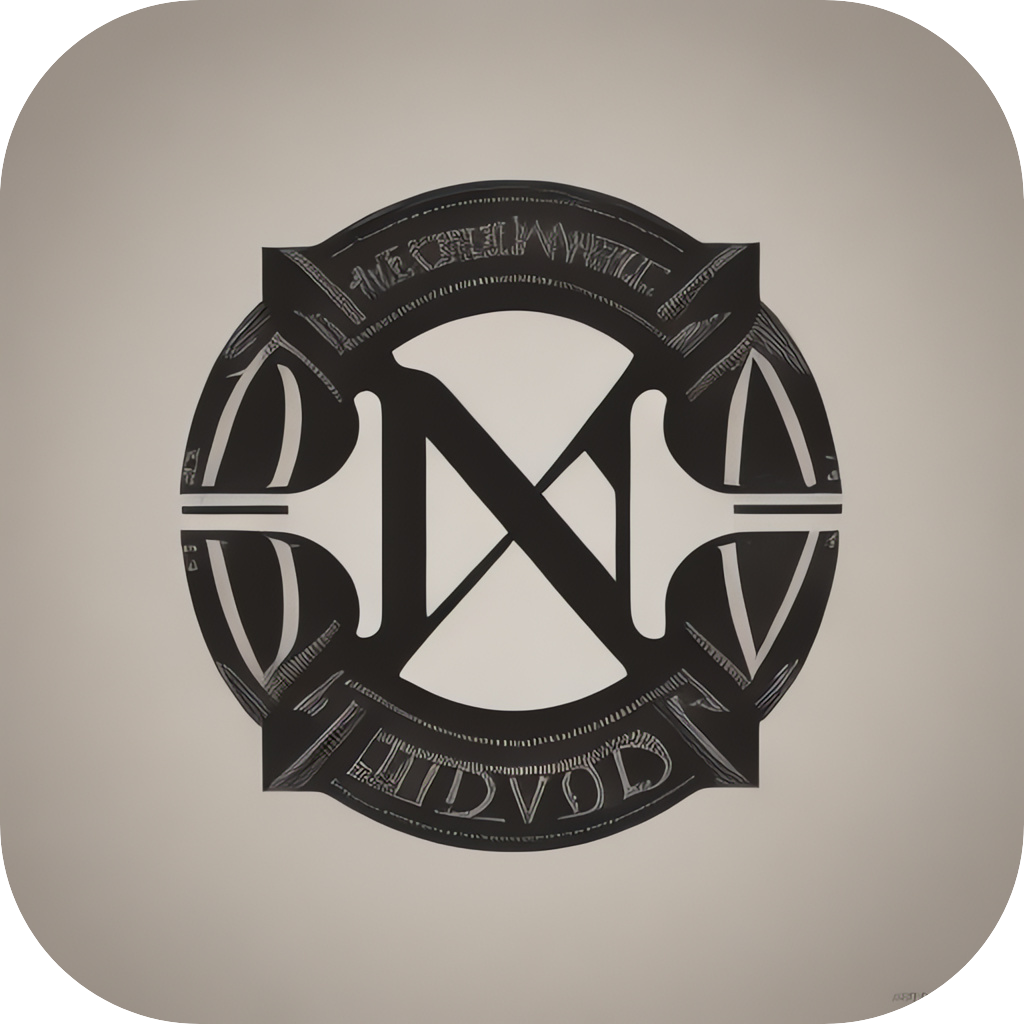### Mastering MarkdownMind: A Comprehensive Guide to Streamlining Note-Taking and Document Management
**Introduction**
In the digital age of information overload, effectively managing and organizing notes and documents has become as essential as breathing. The advent of Markdown, a lightweight and easy-to-use plain text formatting syntax, has revolutionized the way individuals and teams approach note-taking, document creation, and collaboration. This guide aims to unveil the power and versatility of Markdown, providing insights into its core principles, practical applications, and strategies for optimizing your note-taking and document management processes.
#### Understanding Markdown
Markdown, pronounced “mark down”, originated as a syntax for web pages but has since transformed into a universal language for content creation across platforms. Its simplicity and efficiency make it an ideal tool for quickly jotting down notes, crafting emails, managing projects, and beyond.
**Markdown Basics**
– **Syntax**: Unlike HTML, Markdown uses plain text with a simple set of rules for formatting. For instance, adding # before text turns it into a heading, **before text creates bold text, and *before text creates italic text**.
– **Lists**: You can create unordered lists by using `-` or `*` for each list item, while `-` alone or `[ ]` within a list item is used for checkable items.
– **Linking and Images**: Links can be easily attached to Markdown text using brackets and parentheses, e.g., [Google](https://www.google.com). Images can be inserted using URLs in the format .
– **Paragraphs**: Paragraphs are separated by a line break, making the text flow more smoothly and enhancing readability.
#### Markdown in Action
**Note-Taking**
– **Quick Notes**: Utilize Markdown’s simplicity for instantaneous note-taking. Whether in a meeting or brainstorm session, quickly type down ideas without worrying about formatting until later.
– **Structured Notes**: When more organization is needed, headings can be used to categorize notes into sections like “Introduction”, “Topics Discussed”, “Action Items”, or “Resources”.
**Document Creation**
– **Blog Posts**: Markdown allows for the creation of visually appealing blog posts without the need for complex HTML coding. Easy to read and export into multiple formats like PDF, HTML, and DOCX.
– **Emails**: When crafting detailed emails, Markdown helps by keeping the structure clear, making it easier to scan and understand, and reducing clutter with unnecessary HTML code.
**Project Management**
– **Task Lists**: For project management, task lists in Markdown show the status (pending, in progress, completed) and priorities (using numbers like 1., 2., etc.) at a glance.
– **Weekly or Daily Stand-ups**: Markdown makes summarizing the progress, challenges, and plans for the week or day concise, which is ideal for quick meetings.
#### Best Practices
– **Consistency**: Use Markdown consistently across all your notes and documents for a seamless workflow. This helps in quickly finding and reusing content across projects.
– **Searchability**: For documents with multiple sections, utilize headings for internal linking. This makes it easier to navigate and find specific sections using Markdown’s search functionality.
– **Collaboration Tools**: Integrate Markdown with platforms like GitHub, Notion, or Obsidian, which offer Markdown editing features and collaboration capabilities, making teamwork seamless.
#### Conclusion
By embracing the elegance of Markdown in your note-taking, document creation, and project management, you harness a tool that empowers simplicity and efficiency. Whether you’re a student, a professional, or an avid content creator,Markdown streamlines daily tasks while enhancing productivity and flexibility. This guide serves as an introduction to unlock the full potential of MarkdownMind, demonstrating its effectiveness in managing information effortlessly and adapting to your unique needs.
